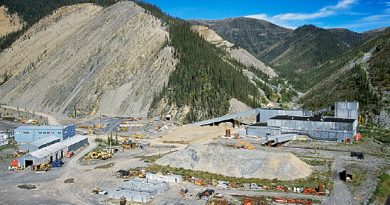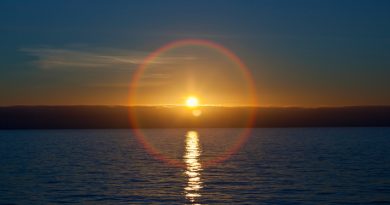Federal government gets permit to remediate uranium exploration site near Łutselk’e
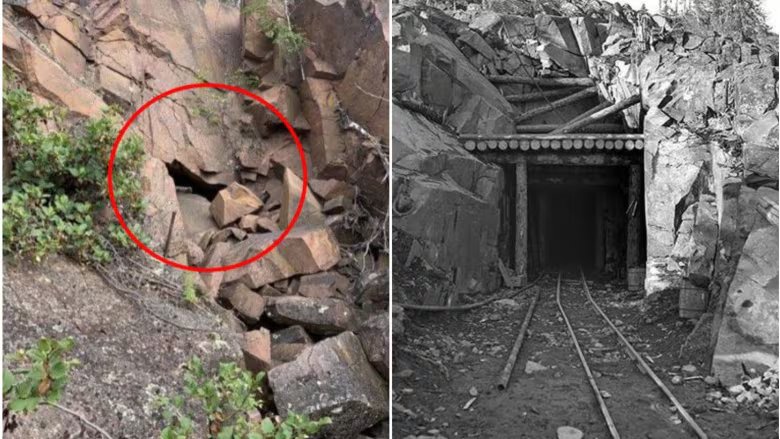
The federal government has received a land-use permit to begin remediating a once-abandoned uranium exploration site near Łutselk’e, N.W.T., in the summer of 2025.
The Stark Lake site is about 22 kilometres east of Łutselk’e, and it was used to explore for uranium in the ’40s and ’50s. The federal government took responsibility for the site when it was abandoned in 1969.
A closure and reclamation plan developed by infrastructure consulting firm AECOM and published last year said the area has moderate levels of contamination, including low-level, naturally occurring radioactive waste rock.
James Marlowe, the chief of the Łutselk’e Dene First Nation, hopes the cleanup is thorough and that people can hunt and fish in the area without fear of radioactive material — like they did before exploration began.
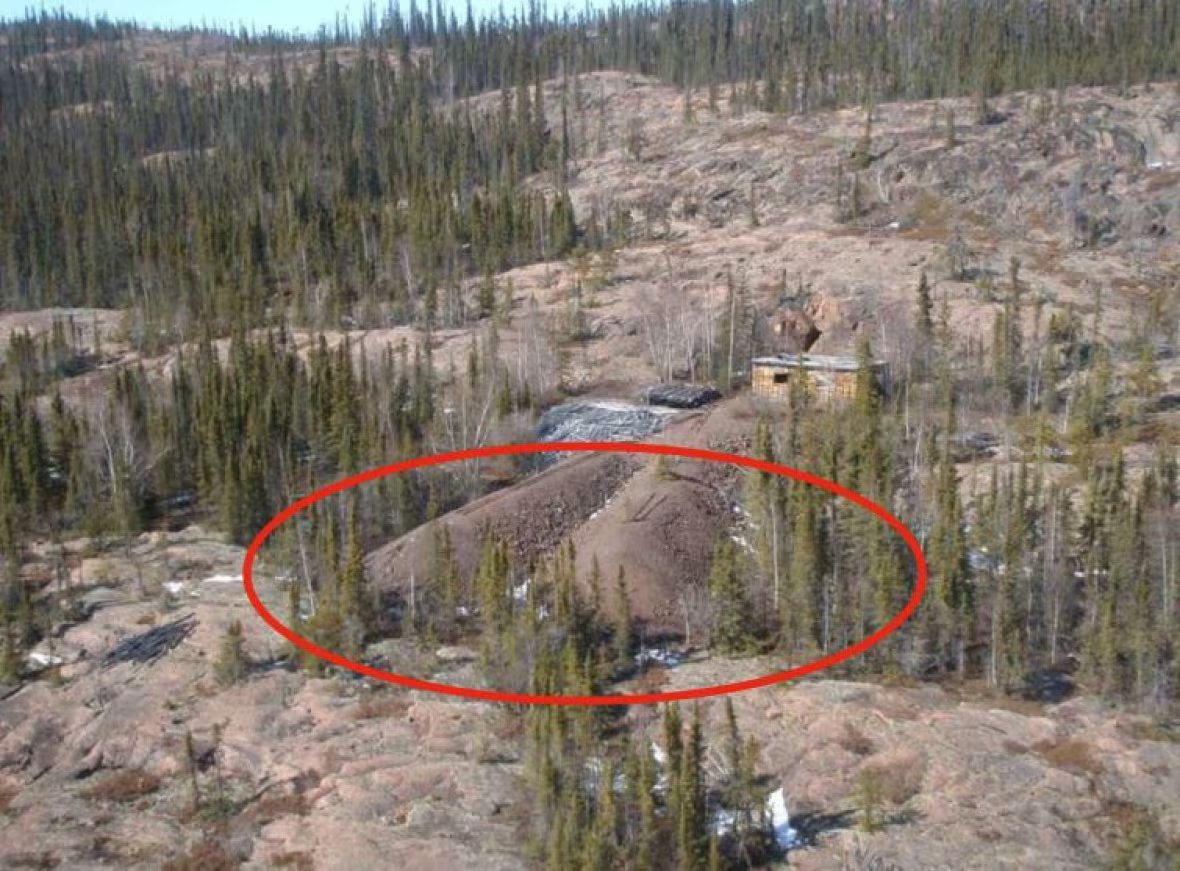
“It’s a special place,” he said.
“Bringing the environment back to its natural state, that’s what we want.”
Archival photos show site, then and now
The Stark Lake site consists of a camp area on the shore of Regina Bay and a mining site less than a kilometre inland.
According to Crown Indigenous Relations and Northern Affairs Canada (CIRNAC), the area was staked in 1949 and optioned to Ridley Mines Holding Ltd. More exploration happened in the early ’50s but it stopped in 1954 because there wasn’t enough ore and it was low-grade.
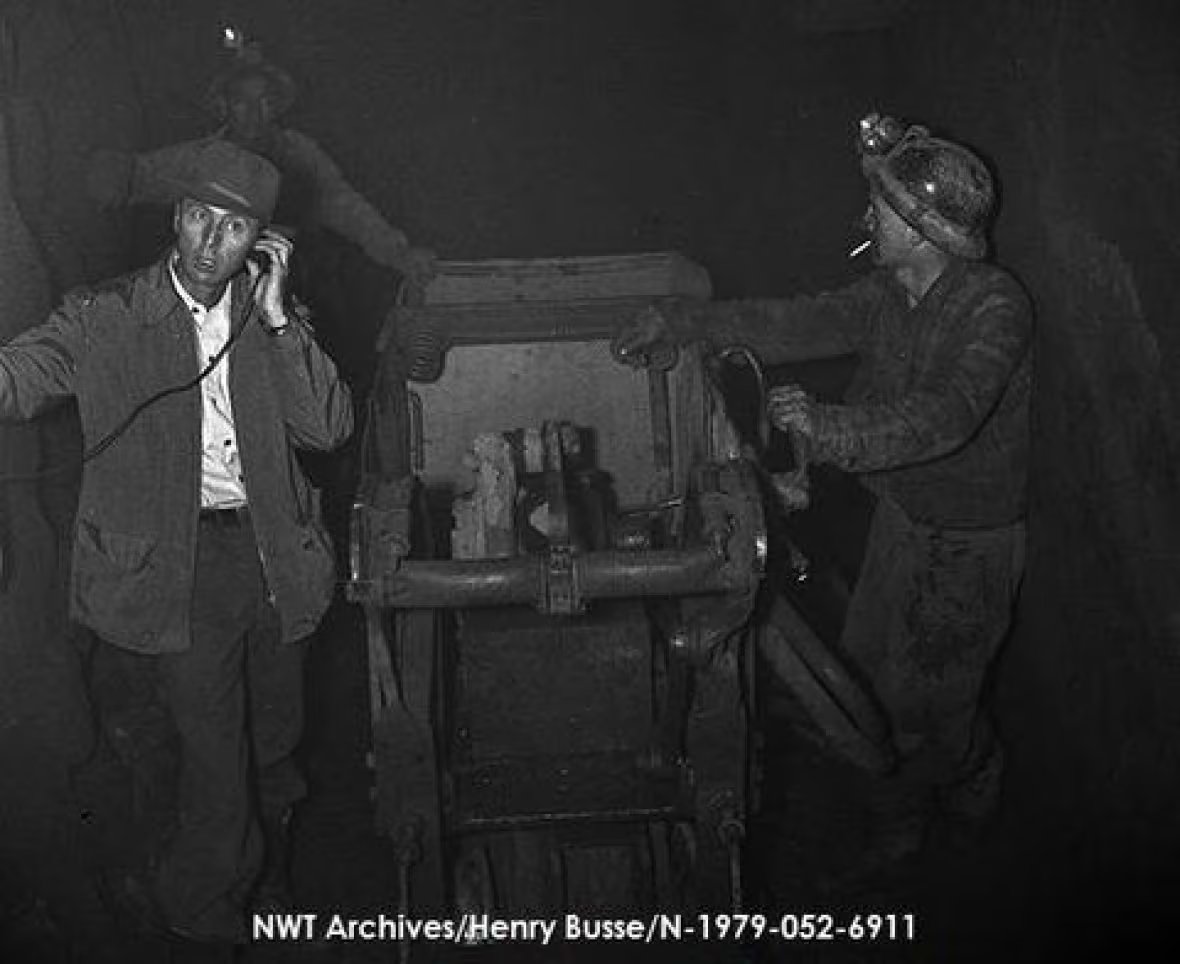
CIRNAC said the Hudson’s Bay Oil and Gas Company Ltd. later did geophysical work at Stark Lake in 1969. In that same year, the site was abandoned and the federal government took responsibility for it.
Archival photos illustrate what life was like at the site in the early 1950s, while photos embedded in the reclamation plan show what it looks like now. The entrance into the mine shaft, called an “adit,” is covered in rocky rubble but is still partially open. There are also dilapidated wooden buildings, huge piles of waste rock, rusted pieces of equipment and dozens of old batteries and tin cans.
The Mackenzie Valley Land and Water Board granted CIRNAC a five-year land use permit for the remediation project in mid-February.
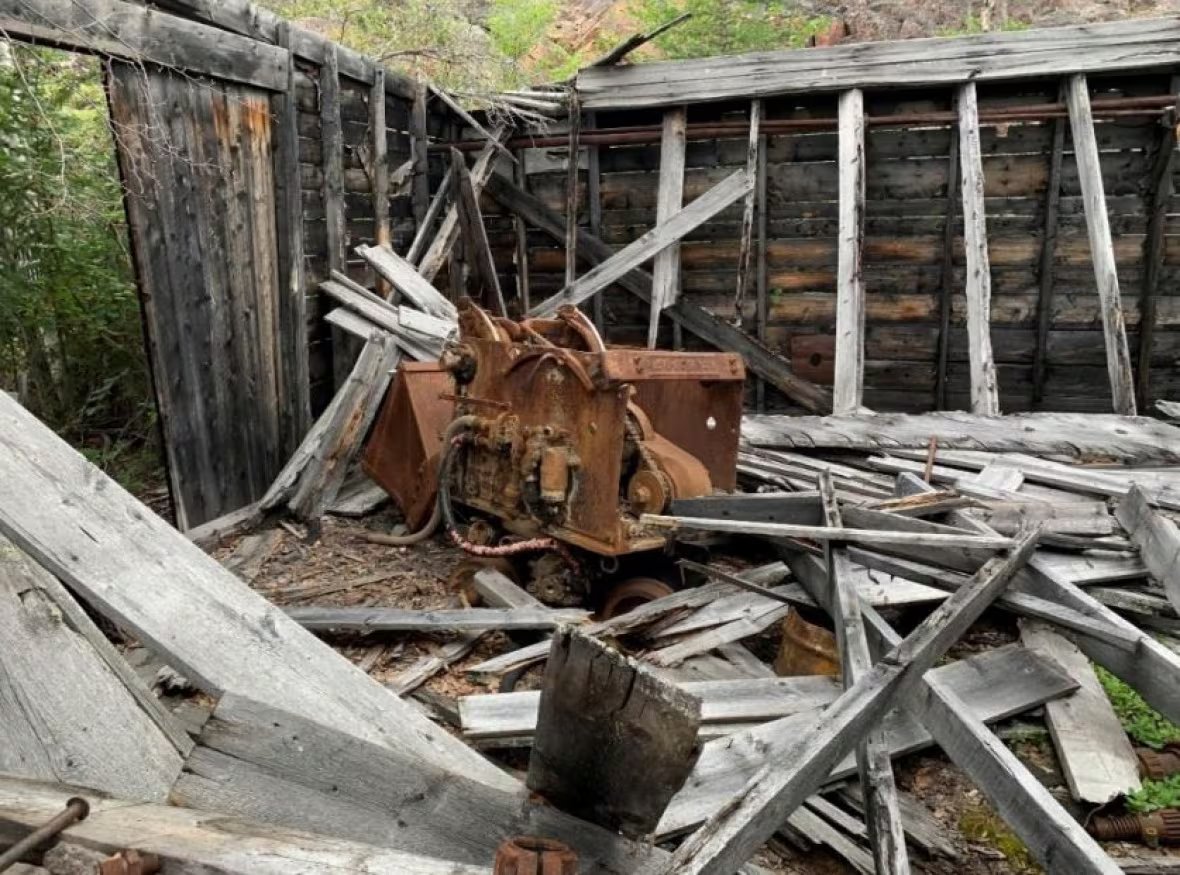
According to that permit, the remediation work includes sealing mine shafts, managing more than 1,000 cubic metres of waste rock “through engineering controls,” burning and hauling away material, and demolishing structures.
CBC News asked CIRNAC how much of the waste rock at the mine site is believed to be radioactive and what, specifically, was being done with that material. The federal department did not respond by deadline.
According to Canada’s Treasury Board, the government has spent a little more than $2.5 million assessing and preparing the old mine site for cleanup so far. In an email to CBC News earlier this month, CIRNAC said it couldn’t say how much the project will cost until it finds a contractor to do the work.
The remediation is expected to be done by the end of March 2026.
‘It’s beyond that, now’
Juni Gahdële, an elder known more commonly in Łutselk’e by the name JC, said his father worked at the mine and he lived there with his family in the summer months as a kid.
“Man they used to make good bread out there, ah man, just deadly,” he said with a laugh. Though he may have fond memories of the area from his childhood, Gahdële is concerned about contamination there now.
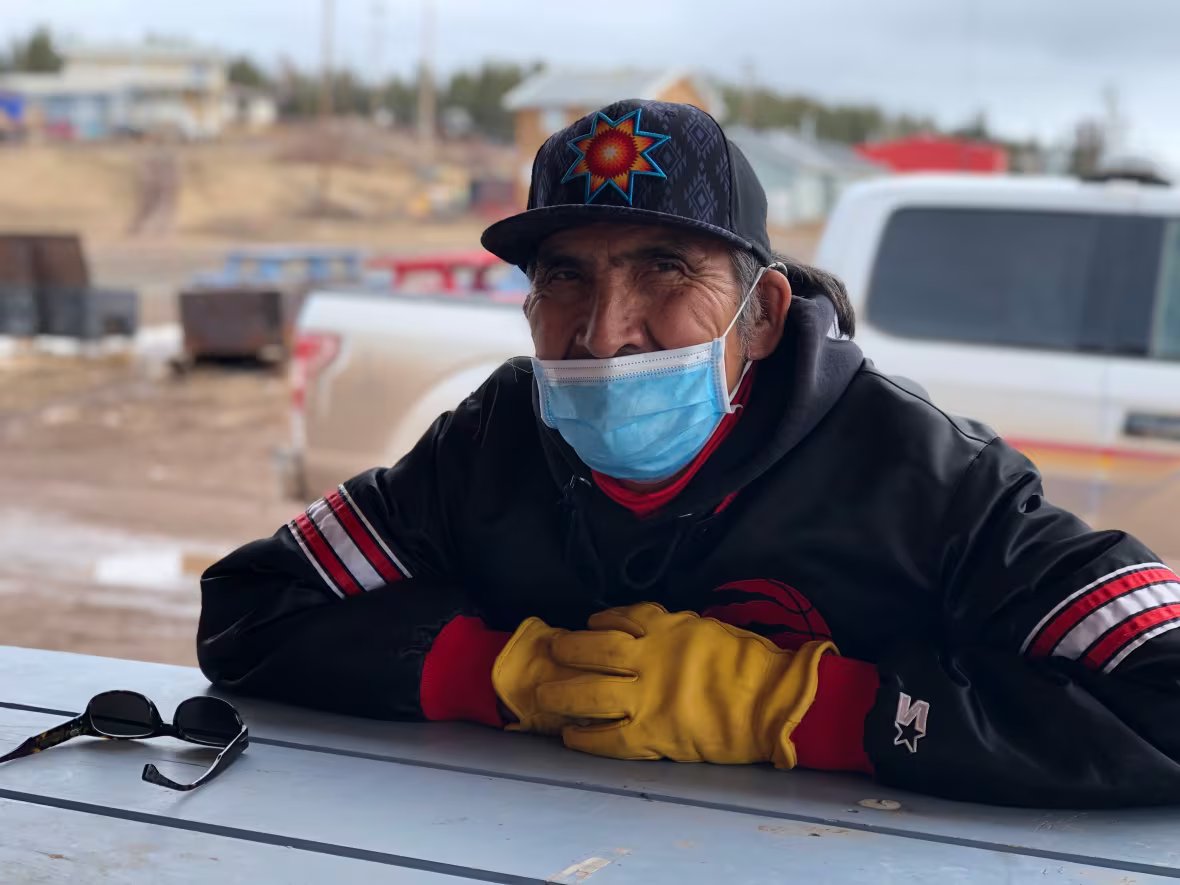
Gahdële and Marlowe both described the area as a good place to hunt — particularly for moose.
Gahdële said people still use the region for hunting, but Stark Lake is only used for trophy fishing because the fish contain mercury. He wonders if that has to do with the mine site. He also doesn’t believe the federal government’s efforts will be enough to reverse damage done by exploration activities all those years ago.
“It’s beyond that now, you know. Like just covering with sand and gravel is not going to do it. We’re talking about contamination. We’re talking about the plants, we’re talking about the trees, we’re talking about the animals, we’re talking about the water,” he said.
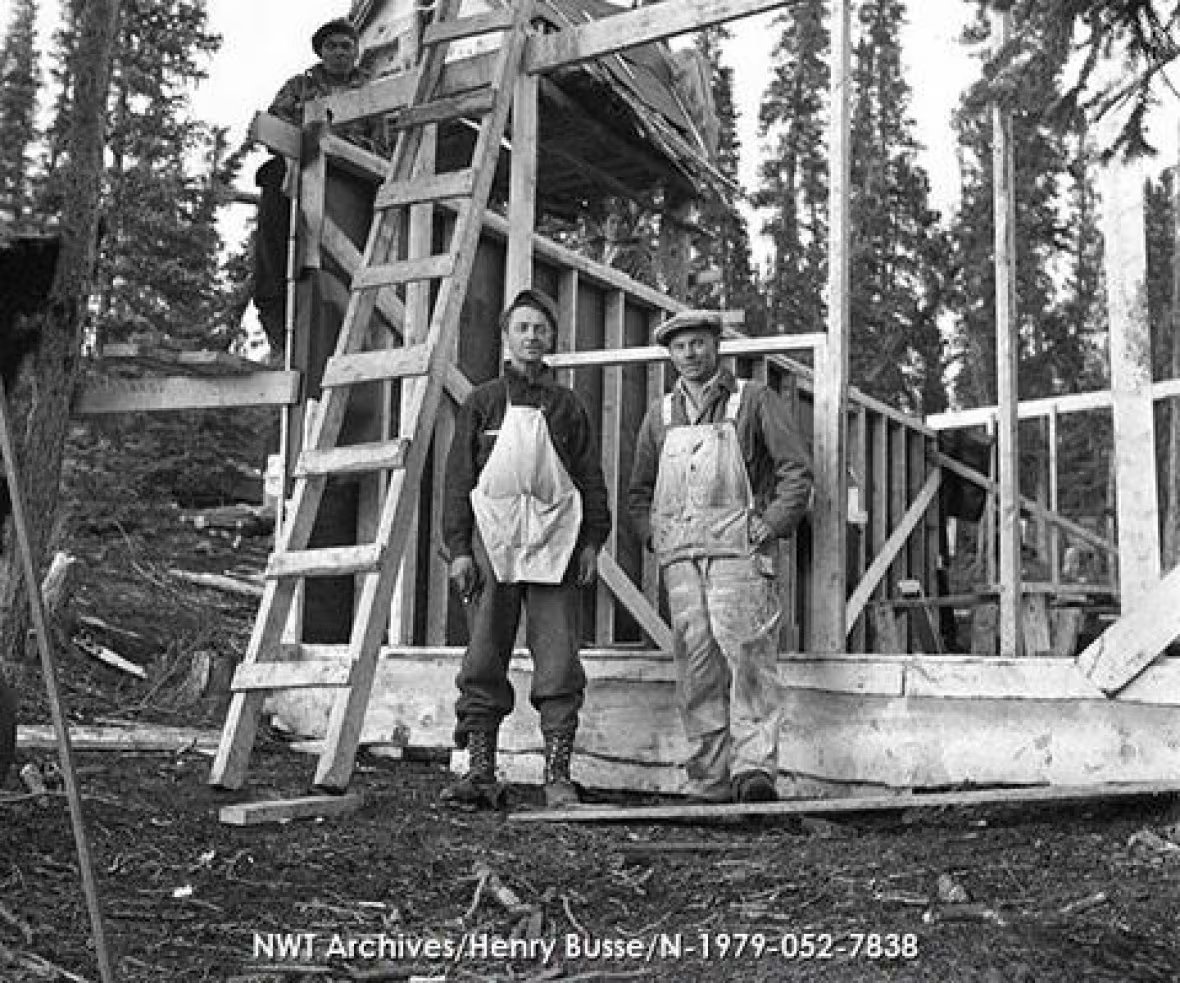
When the remediation work is gone, Gahdële wants to see thorough testing of the environment carried out by scientists independent of the federal government so that his community gets information about contamination levels that they can trust.
“There’s a lot of things that happened around that mine that we don’t know about. And I’m sure the information the government has, might not be shared with us — governments like to cover things up,” he said.
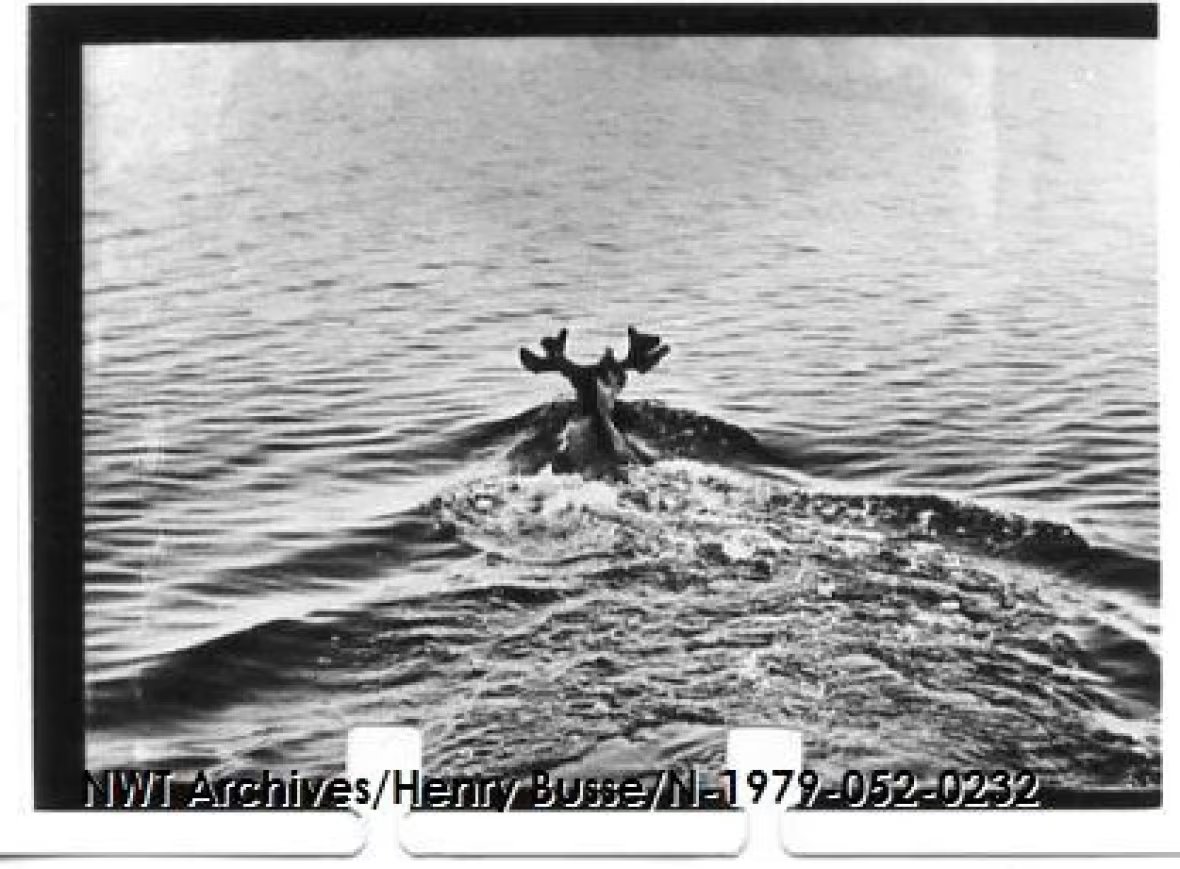
Marlowe, meanwhile, said he’s glad the federal government is cleaning up the site.
He hopes the reclamation work will be effective and that his community will use the land, water and wildlife there as they did before. Post-closure monitoring is expected to continue for several years after the cleanup is done, and Marlowe said that will be necessary to restore people’s confidence in the area’s safety.
Related stories from around the North :
Canada: Gladiator Metals gets permit to drill within Whitehorse city limits, CBC News
Norway : No foreign companions as Gazprom prepares well drilling in Arctic waters, The Independent Barents Observer
USA : Peltola flips script on long-running congressional drama over Arctic drilling, Alaska Public Media

